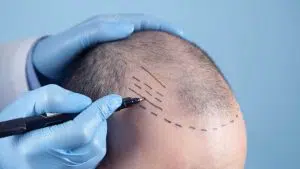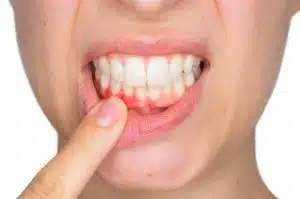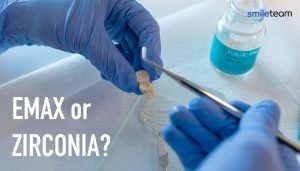Millions of individuals all around the world suffer from hair loss and thinning. According to studies, an estimated 50 million men and 30 million women in the United States suffer from androgenetic alopecia. It is often known as pattern baldness. Hair loss patients now have access to a variety of hair restoration procedures. It is thanks to the technological advancements and medical research over the last few decades.
Platelet-rich Plasma (PRP) therapy is one such emerging treatment approach that has been gaining traction in recent years. PRP is a new therapy that is backed by science, offering hope to millions of individuals suffering from various types of hair loss. In this article, we will give you general information about the PRP sessions and how many PRP sessions are required for hair to grow.
Patient to patient, the number of PRP sessions necessary varies. Hair loss, scalp and hair texture, and bodily response are all unique to each person. If you don’t see results after 1 to 2 treatments, it’s simply a sign that you need more. Unless your dermatologist specifically states otherwise, it does not mean the treatment was unsuccessful.
The majority of people just need two PRP sessions to achieve their desired results. Some people, on the other hand, may require up to 4-5 PRP sessions before seeing results. As a result, physicians often recommend three treatments to restore hair growth, depending on the patient’s demands. As a result, the number of PRP sessions required for hair regrowth is purely subjective.
It’s not a good idea to do three PRP sessions in three days or three weeks in a row. Two consecutive PRP sessions must be separated by at least 4 to 6 weeks. Please keep in mind that the effects of this procedure are not permanent. It means that the individual will need to return for follow-up treatments every 4 to 6 months. After completing the required number of PRP sessions, the final results may take some time to emerge. People usually get the complete outcomes after six months or longer. So, before you deem the treatment a failure, be patient.
What is PRP Sessions Treatment?
PRP treatment is a non-surgical, systematic hair loss treatment. It works by injecting a concentrated plasma solution into the patient’s scalp to promote hair growth. According to several studies, this medication has demonstrated tremendous hair growth data. Most of them indicated that many patients did not require hair transplant surgery. Some patients, on the other hand, received hair transplant surgery in addition to the PRP treatment to improve the overall outcome of the procedure.
Plasma, which contains white blood cells, red blood cells, and platelets, is an extremely important component of the blood. Platelets are a component of blood fluids that help to prevent and treat blood clots, scab formation. It improves the human body’s ability to repair and heal itself without the need for outside help. Furthermore, they aid in the promotion of growth factors following various clots and injuries, hence boosting the growth of various tissues.
PRP therapies integrate seamlessly with platelets, allowing them to benefit from their healing abilities. The PRP treatment is now widely utilized to rejuvenate facial skin and repair joint problems. Several individuals are using this therapy for a constant and effective hair loss process, in addition to these variations. In a nutshell, these procedures necessitate a certain amount of blood. The blood sample is then mixed with the remaining blood in an automated centrifuge machine to incorporate the nutritious or platelet-rich plasma. The plasma solution needs to be around five times the typical platelet concentration for the entire process.
Is PRP Treatment Effective?
Even though PRP treatment is a lot more advanced procedure, most patients ask if it is worth it or if it is effective enough. It should come as no surprise that this treatment is quite effective. Experts, on the other hand, are still researching the therapy to learn more about it. Almost all PRP treatments, according to known studies, have had a good impact on patients. This, however, is dependent on the medical center where you receive your therapy. Digitally improved technologies are used by reputable medical institutes all over the world to streamline the hair restoration process.
However, the effectiveness of the treatment is dependent on the extent to which your hair is damaged or impaired. A PRP treatment’s only purpose is to promote hair development in various scalp locations, particularly in miniaturized hair sections. Before commencing treatment, patients must talk with their doctors.
Is PRP Treatment A Long-Term Solution?
PRP treatment, as previously indicated, necessitates multiple sessions in order to sustain and boost the hair development process. Every patient is required to attend follow-up sessions at least once every 6-12 months. The treatment’s primary goal is to promote hair growth and thicken distinct hair sections. However, it will not prevent the emergence of new bald spots in untreated areas of the scalp. The treatment isn’t permanent; the length of time it lasts varies from patient to patient. The treatment, on the other hand, provides undeniable long-term results.
You can read our previous article about hair transplant method from https://smileteamturkey.com/blog/why-is-turkey-number-one-in-hair-transplantation/
You can read our previous article from the following link https://smileteamturkey.com/blog/ways-to-better-breath/





